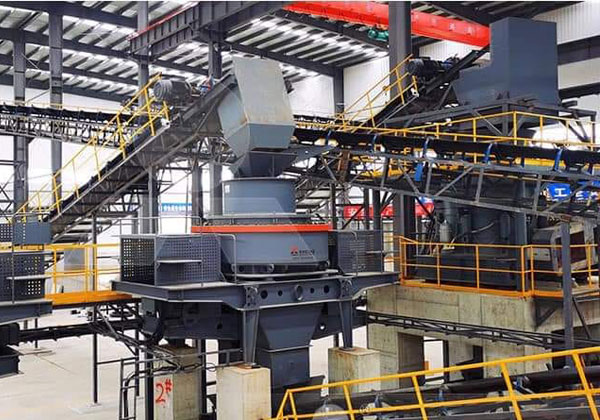A Basalt Mining Crushing Plant Project focuses on the extraction and processing of basalt, a highly durable and versatile material used in various industries, including construction, roadwork, and manufacturing of aggregates. Basalt’s strength and resistance to wear and tear make it ideal for high-performance applications. This project will outline the essential components, processes, and equipment used in a basalt mining crushing plant to ensure an efficient and profitable operation.

Project Overview
The primary objective of the basalt mining crushing plant is to extract basalt from quarries and process it into different sizes of crushed aggregates. These aggregates are used in construction, infrastructure projects, and road-building, where durability and strength are crucial. The plant will utilize advanced machinery for efficient mining, crushing, and screening processes to meet the quality requirements of customers.
Crushing Plant Layout
The crushing plant will typically consist of the following main sections:
- Primary Crusher: The raw basalt rocks are fed into the primary crusher, usually a jaw crusher or gyratory crusher. These crushers break the large rocks into smaller pieces, ranging from 100 mm to 150 mm.
- Secondary Crusher: The crushed material from the primary crusher is then sent to a secondary crusher, such as an impact crusher or cone crusher, to reduce the size further. The output is typically 20-40 mm or smaller.
- Screening Equipment: After secondary crushing, the material is screened using vibrating screens to classify the crushed aggregates into different sizes. The standard sizes include fine aggregates (sand-sized) and coarse aggregates (gravel-sized). Oversized materials are returned for further crushing.
Production Capacity
A basalt crushing plant typically operates with a production capacity of between 200 to 500 tons per hour, depending on the scale of operations and equipment. The plant will be designed to maximize throughput while maintaining a consistent product quality. The project may involve multiple crushing and screening stages to achieve the desired output, ensuring the plant can meet the demands of large-scale infrastructure projects.
Economic and Market Considerations
Basalt is in high demand due to its use in road construction, concrete, asphalt production, and as an aggregate for various other construction needs. The project’s profitability will depend on factors such as efficient plant operation, competitive pricing of crushed aggregates, and securing long-term contracts with construction companies or infrastructure projects. The plant will cater to both local and regional markets, taking advantage of the growing demand for durable materials in large-scale construction.

